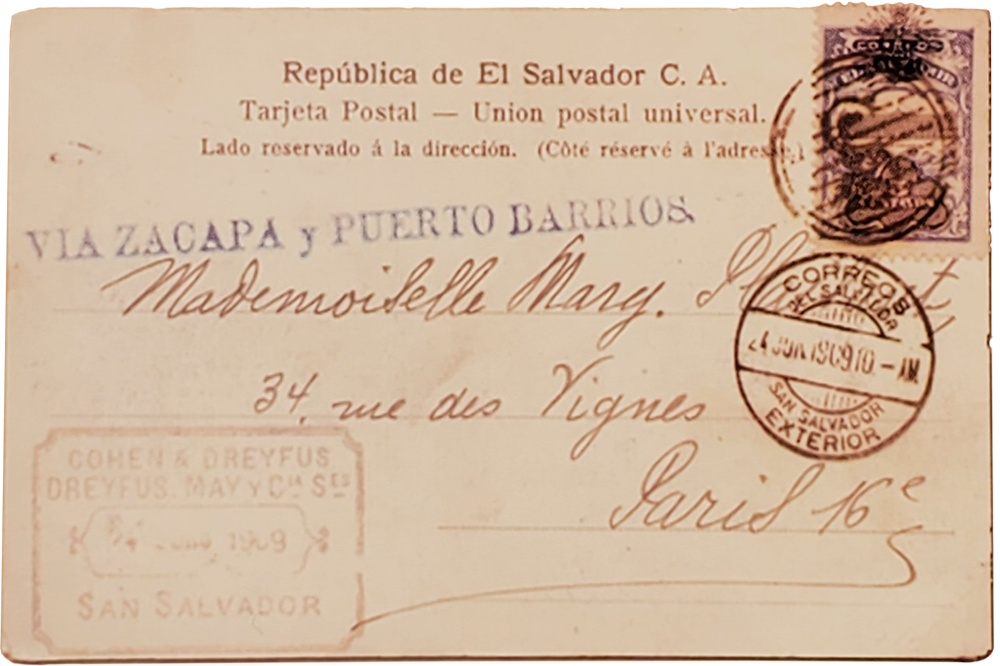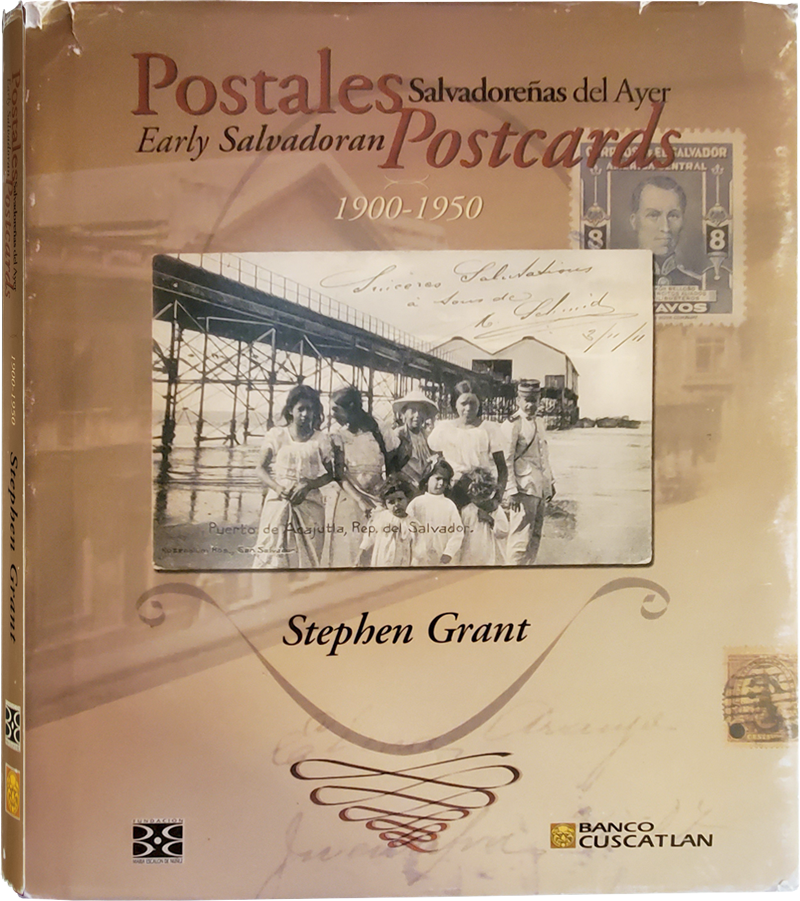Collecting in general
Either you are a collector or you are not. It is one way to divide up the world. It is clearly a leisure activity, unless you are in the business. It is a hobby, a pastime, a way to spend odd hours for millions of people around the world who have some time and some money and find satisfaction in collecting.
If you look at magazines for collectors or visit antique stores or flea markets, you can get an idea of the breadth of collected articles: from postage stamps to furniture; paintings to duck decoys; bottle caps to embroideries; autographs to Barbie dolls; firearms to marbles; presidential campaign buttons to ancient farmhouse tools. The list is endless.
While aesthetics—or the search for the beautiful—may be a part of collecting, the collection of many objects is not dedicated to the beautiful. Rather, beauty comes in numbers, in variety. Many collectors strive to obtain as many as they can of their favorite object. They almost always confront a financial limit, as collecting hobbies turn out to be expensive. Trading is still practiced among collectors of like objects—and this feature adds a social character to collecting—and the market value of what one collects is one of the first things collectors learn.
Other questions that collectors face are: how to classify the objects? Store them? Display them? How to have others enjoy them? We will look at these aspects in the world of postcards.

One-centavo postal card sent to Baruch & Co, San Salvador
Postcard Collecting
What is a postcard?
Here are three definitions.
“A commercially printed card with space on one side for an address and a postage stamp, used for sending a short message through the mail.” (American Heritage Dictionary, 3rd Edition, 1992)
“A 3 by 5-inch piece of thin paperback with a picture on its face.” (Mark Franklin, World Wide Web, Postmark: The Attic 1997)
“Postcards are written or printed communications on Bristol Board that allow actual and personal correspondence.” (Miguel A. Garcia, Correos de El Salvador, 1910)
Each of the three definitions stresses complementary aspects of what a postcard is: its manufacturing agent; its manufacturing process; its size; its use; the brevity of the message contained; the requirement of a postage stamp. One word used above is not a familiar one: “Bristol”. One finds this word as the American Heritage dictionary translation for “cartulina.” The city of Bristol is in southwest England, and was known for the manufacture of “smooth heavy pasteboard of fine quality.”
What is a postal card? Merriam-Webster tells us: “a card sold by the post office with a stamp already printed on it.”
Actually, every postcard is manufactured using three sheets of thin paper pasted together: the picture side, the address side, and a plain sheet in-between.
Among collecting hobbies, you find postcards in a category of objects called “ephemera,” which is defined as “short-lived or transitory.” Paper products are somewhat fragile, and are bound to disappear. After postage stamps, picture postcards are the most often collected type of ephemera. In “paper shows” in the United States, for instance, where postcards are sold, you also find books, posters, baseball cards, sheet music, autographs, stereoscopic photographs, comic books, and magazines.
You often find stamps affixed to postcards. You also often come across postcards from which cancelled stamps have been removed, to the satisfaction of a single-minded philatelist (collector of stamps), and to the annoyance and chagrin of the deltiologist (postcard collector).
An important differentiating feature is that in stamp collecting you can know exactly what you have, because few countries (England, France, Italy, Spain, Germany, and the United States.) have produced postage stamp catalogues, listing every official stamp released by each country. No such aid exists for the postcard collector. You never know exactly what you do not have.
When people collect postcards, generally they collect cards with pictures that illustrate some theme or some geographic entity. For instance, common postcard themes collected are the following: trains and railroad stations; Santa Claus and Valentines; movie actors and actresses; American black life; Judaica; tennis; tobacco; etc. Some may seem a little far fetched, such as postcard specialists of circus freaks or outhouses!
Geographical subjects may be limited to a country; a district; a village. More and more people are collecting postcards of the areas where they grew up or where their parents came from. The search for one’s roots is one that can be facilitated and enriched through the collection and study of picture postcards.

Postcard sent by Cohen & Dreyfus to Paris, 1909
Where do you find postcards?
There are two main ways of finding old postcards. You go out and look for them, or you read the trade journals or consult the internet and shop from home. Outside the home, you find old postcards in flea markets; antique stores malls, markets, and shows; used book stores; and at postage stamp dealers.
For dozens of years there have been specialized trade journals for collectors, and specifically for postcard collectors. The publications offer addresses of postcard dealers who will send postcards to you on approval. “On approval” means that you request and receive in the mail either the postcards to be sold, or photocopies of the postcards. You pay for what you keep, and send the rest back.
And, since 1995, there is the World Wide Web or the Internet. You can create your own Home Page to tell the world what postcards you have and which ones you are collecting. You can buy and sell, participate in postcard auctions, and read or write articles on the growing hobby.
Publications and the Web also announce postcard shows, by month, and by State in the U.S., for example. Postcard dealers drive their mini-vans to these shows, with as many as 100,000 postcards, divided into boxes, identified geographically or by theme. Shows are a big thing on weekends, and lines are always long before the beginning of a show, as enthusiasts eagerly prepare to seek their favorite subject. Some collectors make the rounds of the dealers with carefully made out want lists, more and more from the computerized listings they keep at home.
A stash of postcards is sometimes discovered when someone dies, and inheritors go through an attic truck or cupboard in the basement. Most of the time, the commercial value—any sentimental value aside—is not recognized, and the dirty paper which is taking up scare storage space is discarded. Sometimes, such collections survive, entering the market generally through auction sales.
How much do postcards cost?
A feature that helps determine the price of an old card is its condition, whether bent, torn or stained. Then the age of the card plays a role. Anything from the 19th century will be at a premium. The first postcard was produced in Austria in 1869, but it was not until the 1890’s that you could find them coming into their own as a means of communication in Europe, the Americas, and Asia.
The subject depicted makes a difference in the price. Landscapes are among the cheapest; the most expensive being pictures of such topics as small trades, locomotives, fire brigades, disasters. Some postcards displayed works of artists; limited printings of art cards may bring among the highest values for postcards.
Where you buy the card also makes a big difference. If you buy them from someone anxious to get rid of “some old junk” in the attic, the cost will be much less than if you visit a store in a high-rent district where professional postcard dealers have bought the card at auction, entered it into their computerized inventory, perhaps advertised it for sale, and have now found you as a buyer!
If the postcard has a valuable postage stamp in good condition on it, the value can soar. Some people collect only “postally used” cards, that is cards that have cancellations and addresses, and usually messages. Others acquire unsent postcards as well, as the picture is the essential element for them.
The market price for the early 1900s El Salvador postcards can be generally estimated at US$5 to $20 per card, with cards dating from the 1950’s fetching $1 to $5. Most modern or common cards could dip as low as $0.50. Rarely would cards be above $30, but like everything else, prices are rising each year.
It also depends on the country where you buy your old postcards. Presently, the most expensive country to buy old postcards appears to be France. But the quality of cards in Paris or in the provinces is also high.
This extract was drawn from the author’s book, Postales Salvadoreñas del Ayer/Early Salvadoran Postcards. San Salvador, El Salvador: Fundación María Escalón de Núñez, 1999, 328 pp. Bilingual edition. ISBN 99923-20-01-1.
Postales Salvadoreñas del Ayer
Early Salvadoran Postcards
Early Salvadoran Postcards is one of the first extensive studies published on the old postcards of a Latin American country. The book was conceptualized, researched, developed, designed, and printed in El Salvador.
The section “Collecting Postcards” is designed to answer the fundamental questions people may have about this hobby or pastime. What is a postcard? Where do you find postcards? How much do postcards cost? What do you do with your postcards? Features of old postcards: size & color, type, era, dating, publication, postage stamps, postal history, and censorship. READ MORE
COMMENTS:
2 Comments
Submit a Comment
CONNECT


Hello I really enjoyed this article on postcards, I found alot of, early 1900 to late 40s, postcards and most are in very nice condition,and they have beautiful stamps and cancellation on them from, early railroad days, with hand written cancellations on them, ty, sam
I am one who found my mother’s collection of post cards. But when I have tried to get help in finding out anything about them I’m not getting any help. Everyone says send me a box and I’ll send you a check for anything I think might be exciting. How do I know and how would I go about getting anything they don’t want back? Is this common for this type of collectors?